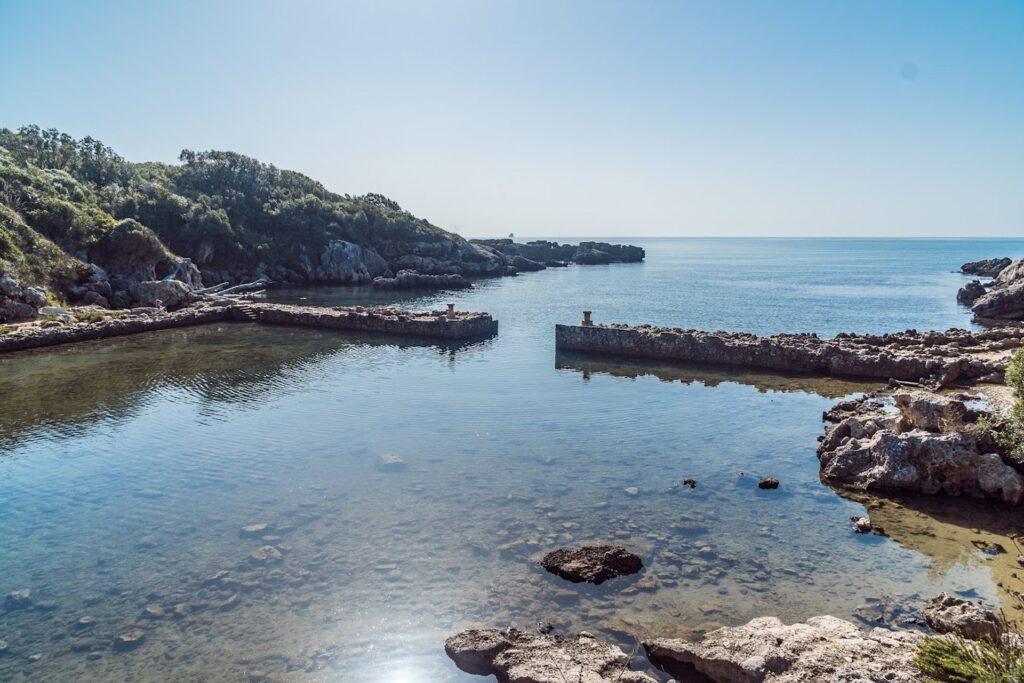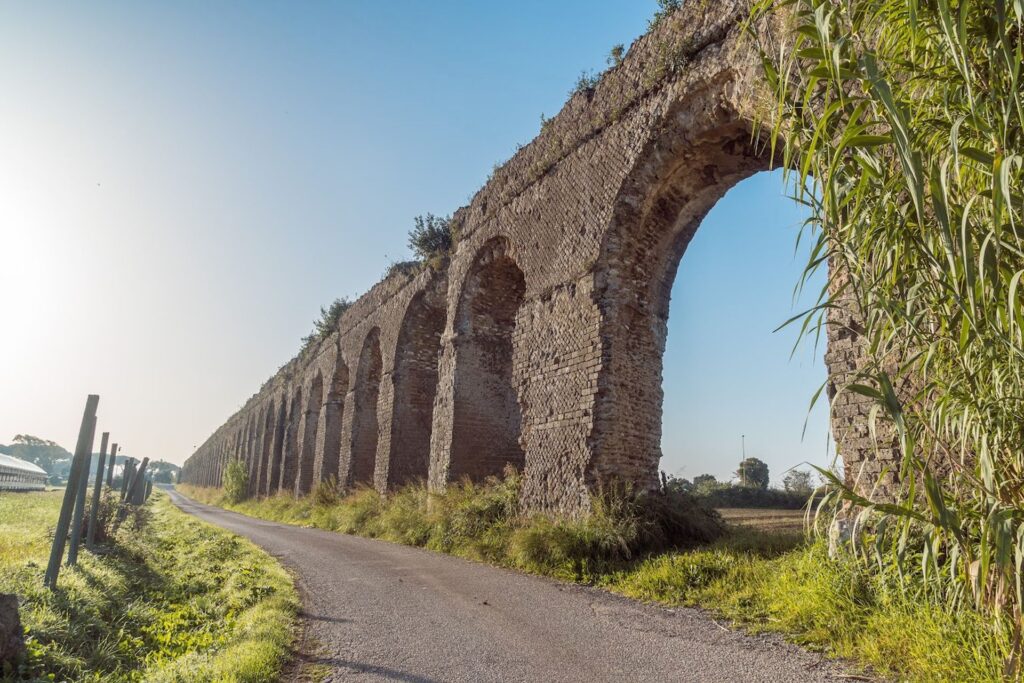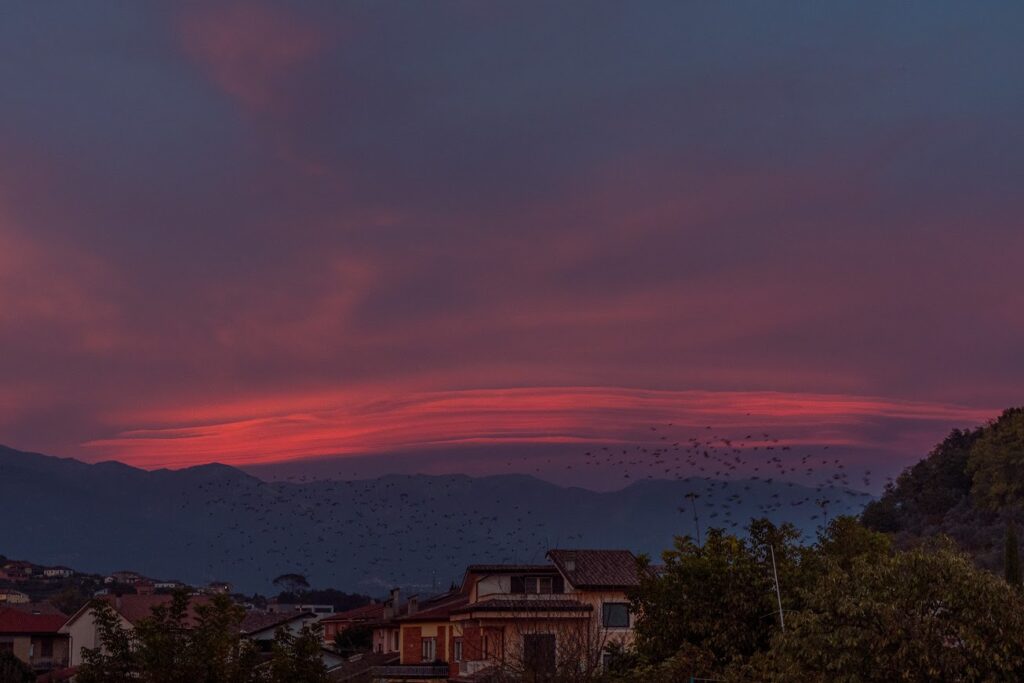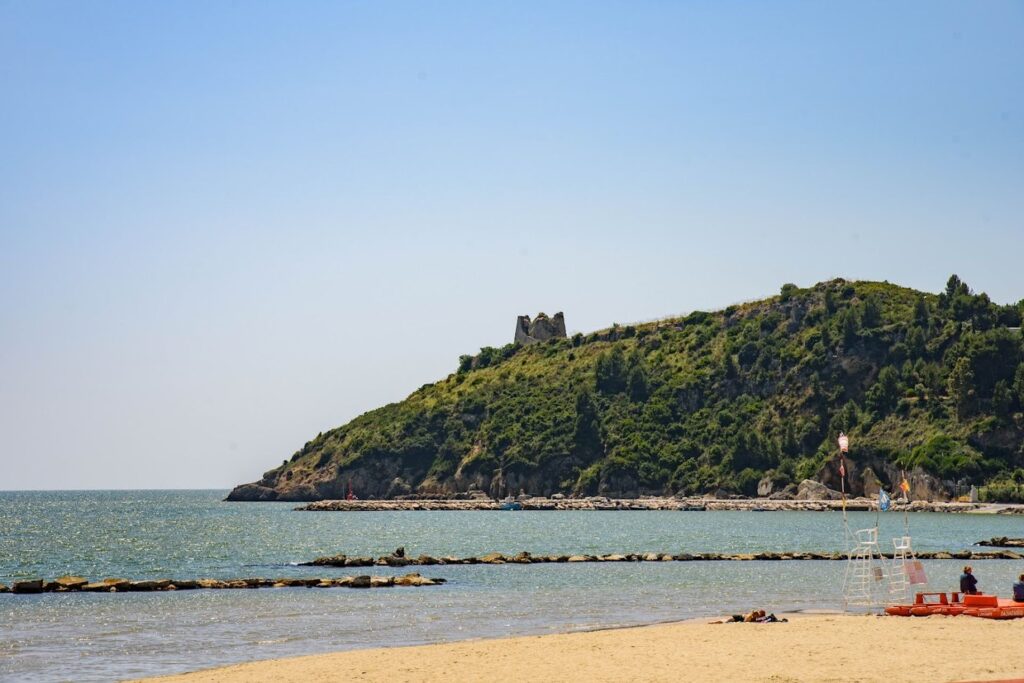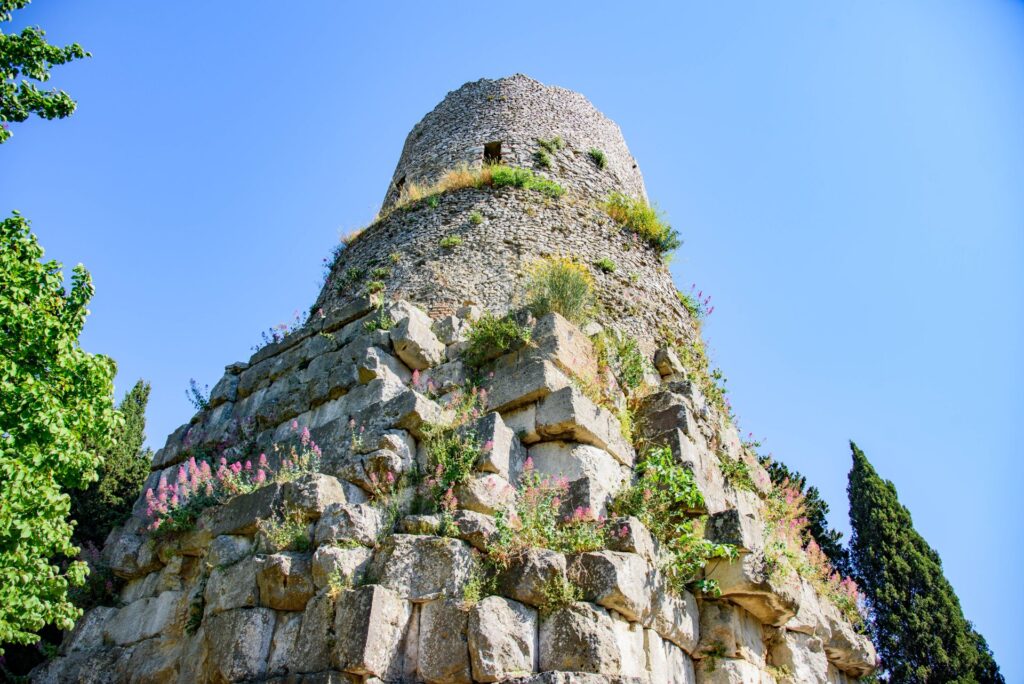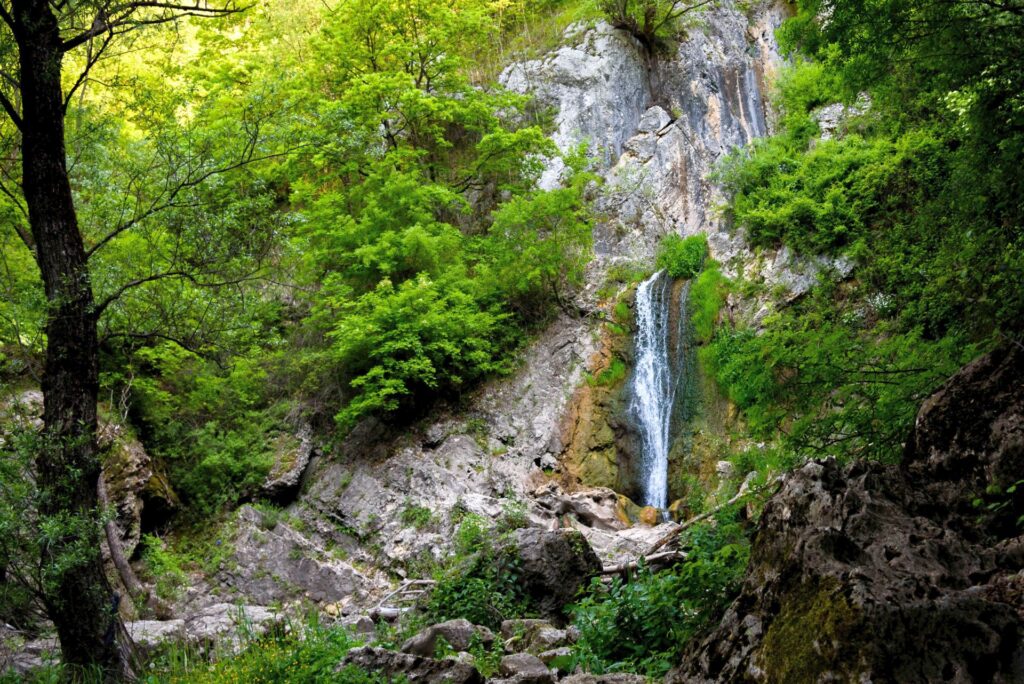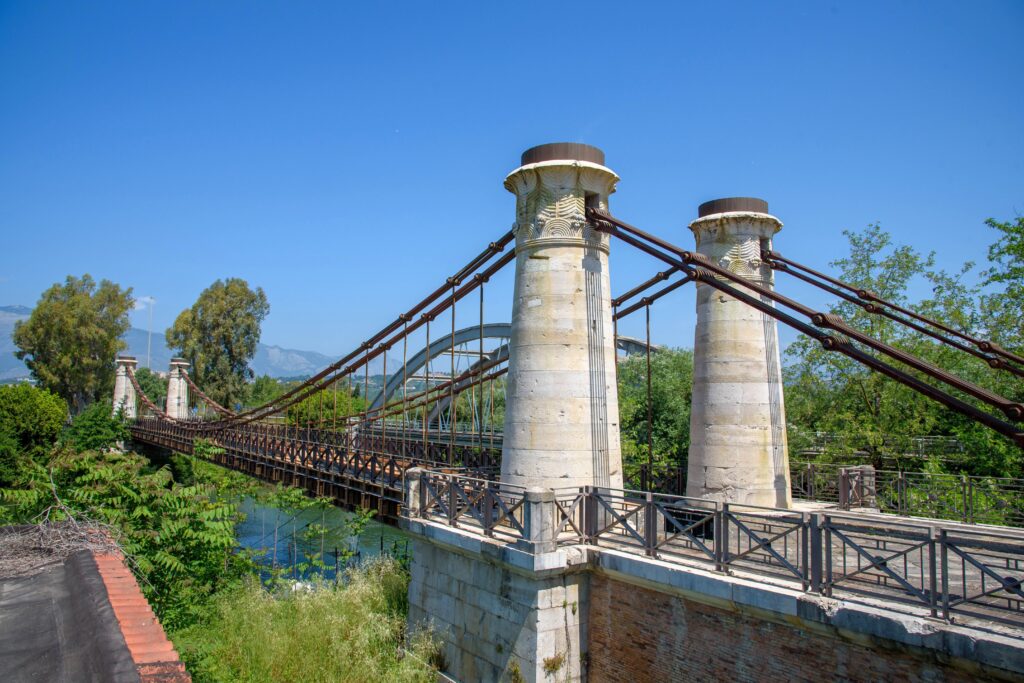Monuments
Formia
The Archaeological Area of Caposele
The archaeological site of Caposele, dating back to the late Republican age (1st century B.C.) is part of a larger residential complex, which includes the remains close to the Rialto stream and those included in the Villa Rubino. The area takes its name from the nearby villa of the princes of Caposele, which later passed to the Rubino family.
The area has been identified by local tradition with Cicero’s Formianum, one of the famous orator’s properties, where he was murdered in 43 B.C. for his contribution to the killing of Caius Julius Caesar.
The villa was organised on three terraces sloping down towards the sea and equipped with a fishpond, a small private harbour and a large building with a central trapezoidal courtyard, surrounded by 32 rooms, interpreted as structures used for processing and storing local products (wine, oil, fish, etc.).
The lower level of the villa’s basement presents a series of rooms, including the so-called ‘major’ and ‘minor’ nymphaeums, richly decorated and covered with barrel vaults.
The fishpond was almost completely buried in the mid-19th century, to be transformed into a garden annexed to the residence of the new owner, King Ferdinand II of Bourbon.
In the villa, formerly belonged to the Marzano family and the Prince of Caposele Carlo Ligny, Francis II signed the act of surrender to the Savoy on 13 February 1861, losing the Kingdom of the Two Sicilies.

